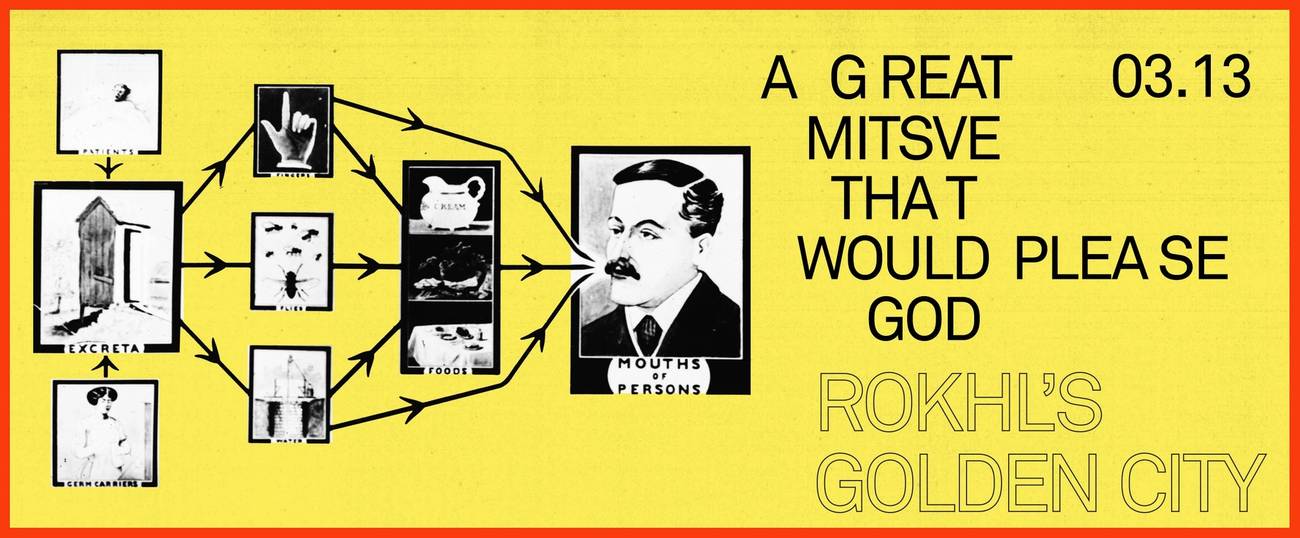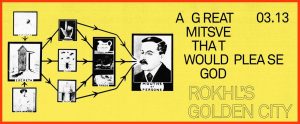Early in the pandemic, Tabletmag.com published an article about the response of Jewish communities to plagues over the centuries including rituals employed to fend it off to wit:
“Luckily, the Jews of Eastern Europe had other, more benign, kinds of folk magic to ward off epidemics. The Jewish Dark Continent: Life and Death in the Russian Jewish Settlement is a recent scholarly annotation of S. Ansky’s famous ethnographic expedition of the early 20th century and contains many such folk magics. Author Nathaniel Deutsch notes, for example, that in one place, four girls would be hitched to a plow that they would drag across “a plot of land in the path of the advancing epidemic.” Ordinary people might also wear red string bracelets or rings made of the palms used during the Sukes festival. So far, so innocuous, so good.
“However, when it came to the cholera epidemics which stalked the 19th century, the Jews of Eastern Europe developed a unique communal ritual of defense and protection: the cholera wedding. The cholera wedding generally involved finding two of the most marginal residents of the town (whether orphans, beggars, or the physically handicapped) and forcibly marrying them, usually in the cemetery. The cholera wedding, also known as a shvartse khasene (black wedding) or mageyfe khasene (plague wedding) was presented as an ancient Jewish rite, but Meir argues, it was a newly invented, modern response to what was then a newly arrived disease. Because it was a late-developing belief and not textually based, the mechanism by which it was believed to work is open to interpretation.”
Read the whole article: https://www.tabletmag.com/sections/news/articles/plague-weddings.
Thanks to Soror Amy for the tip!


